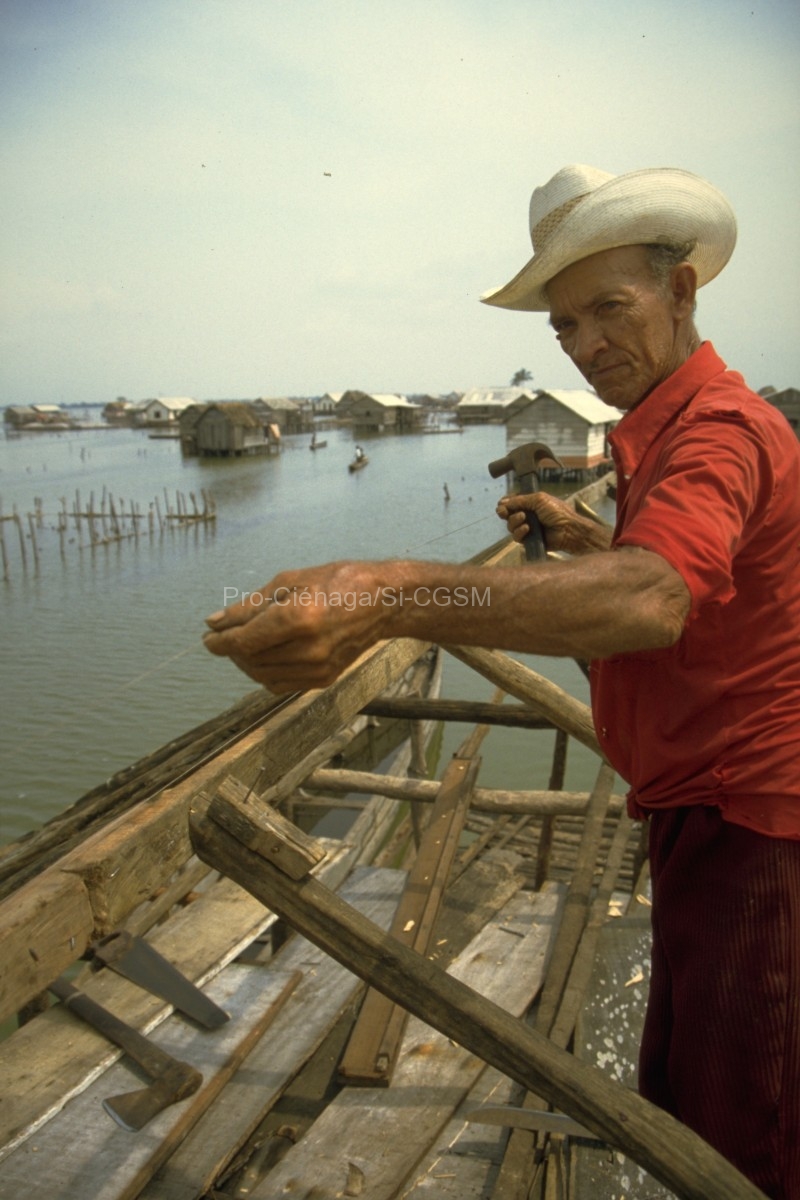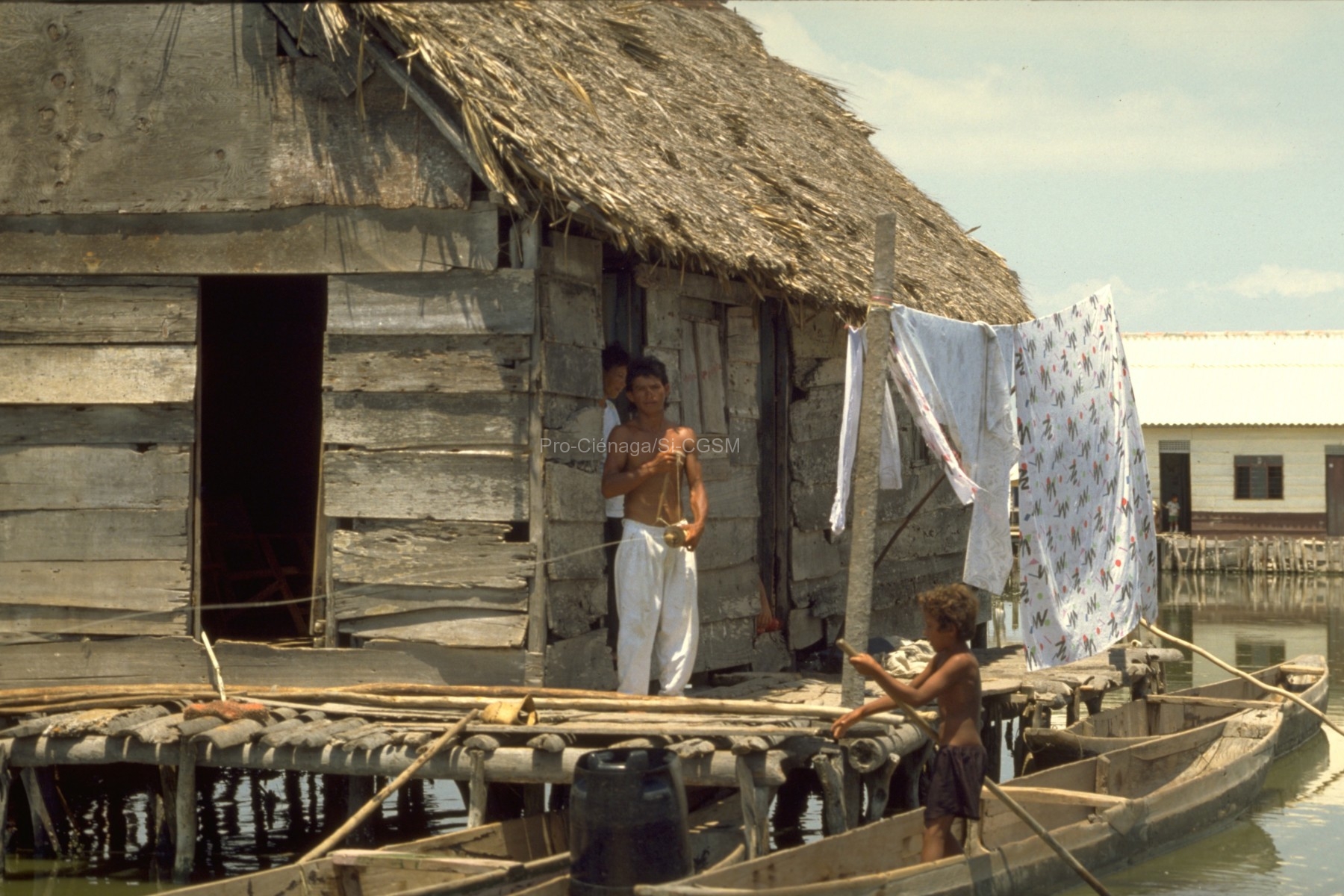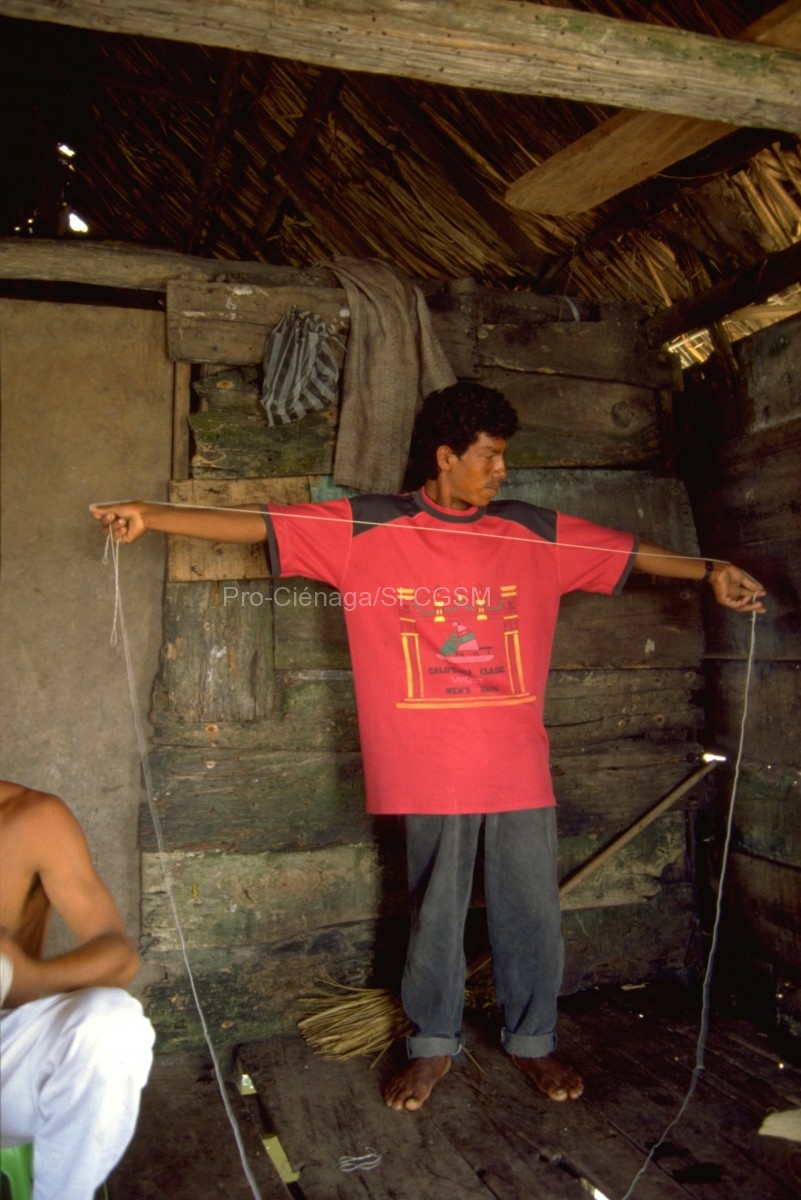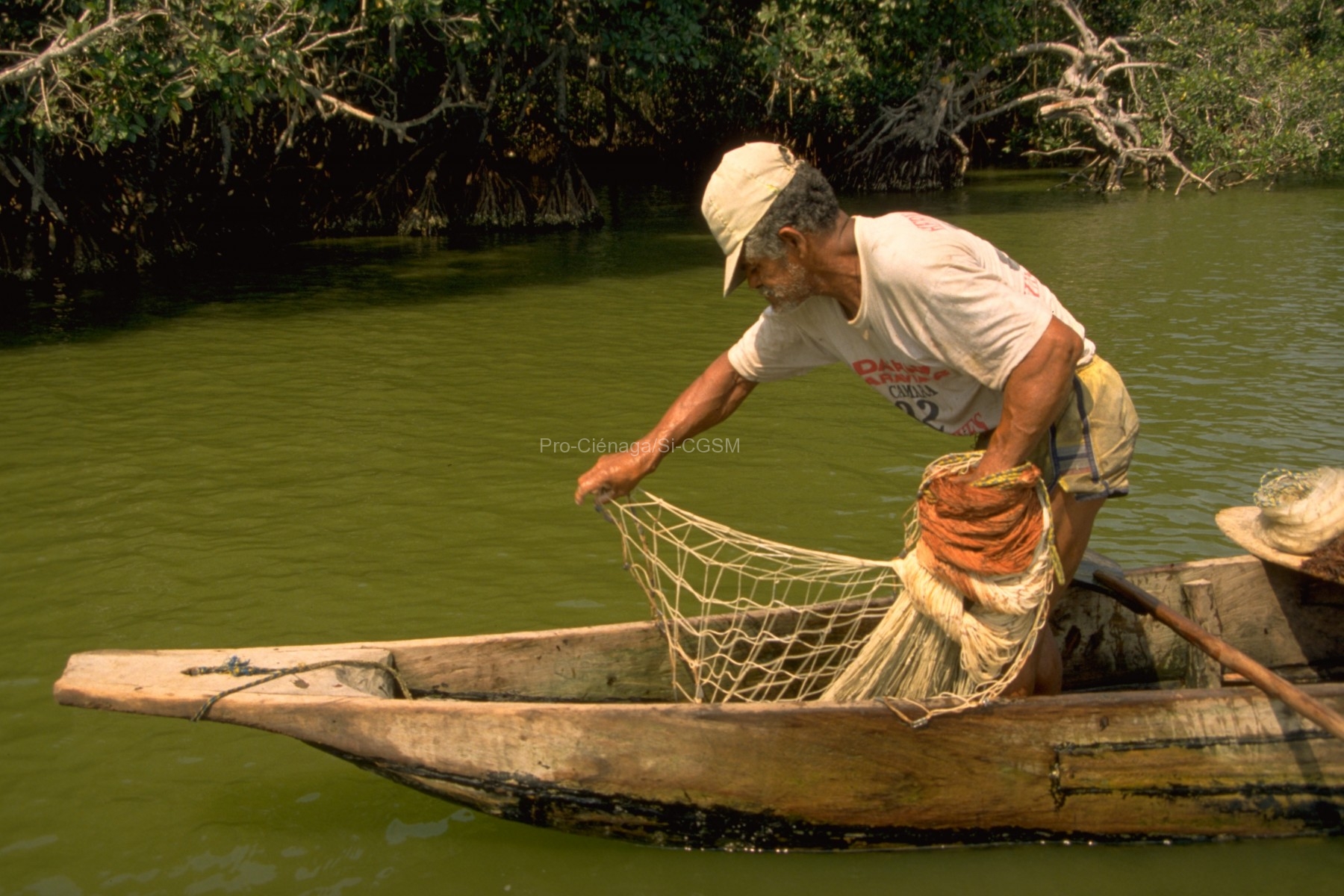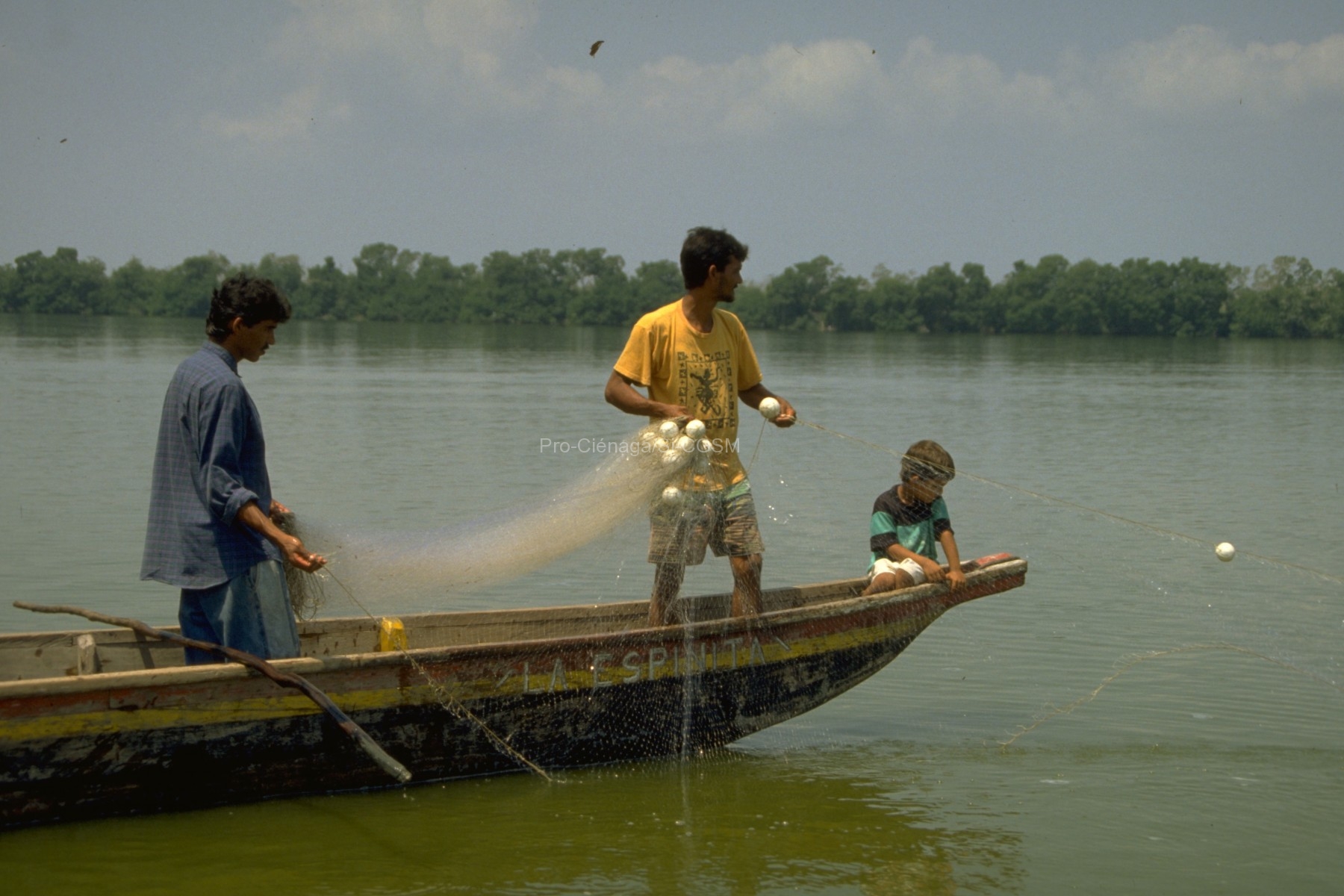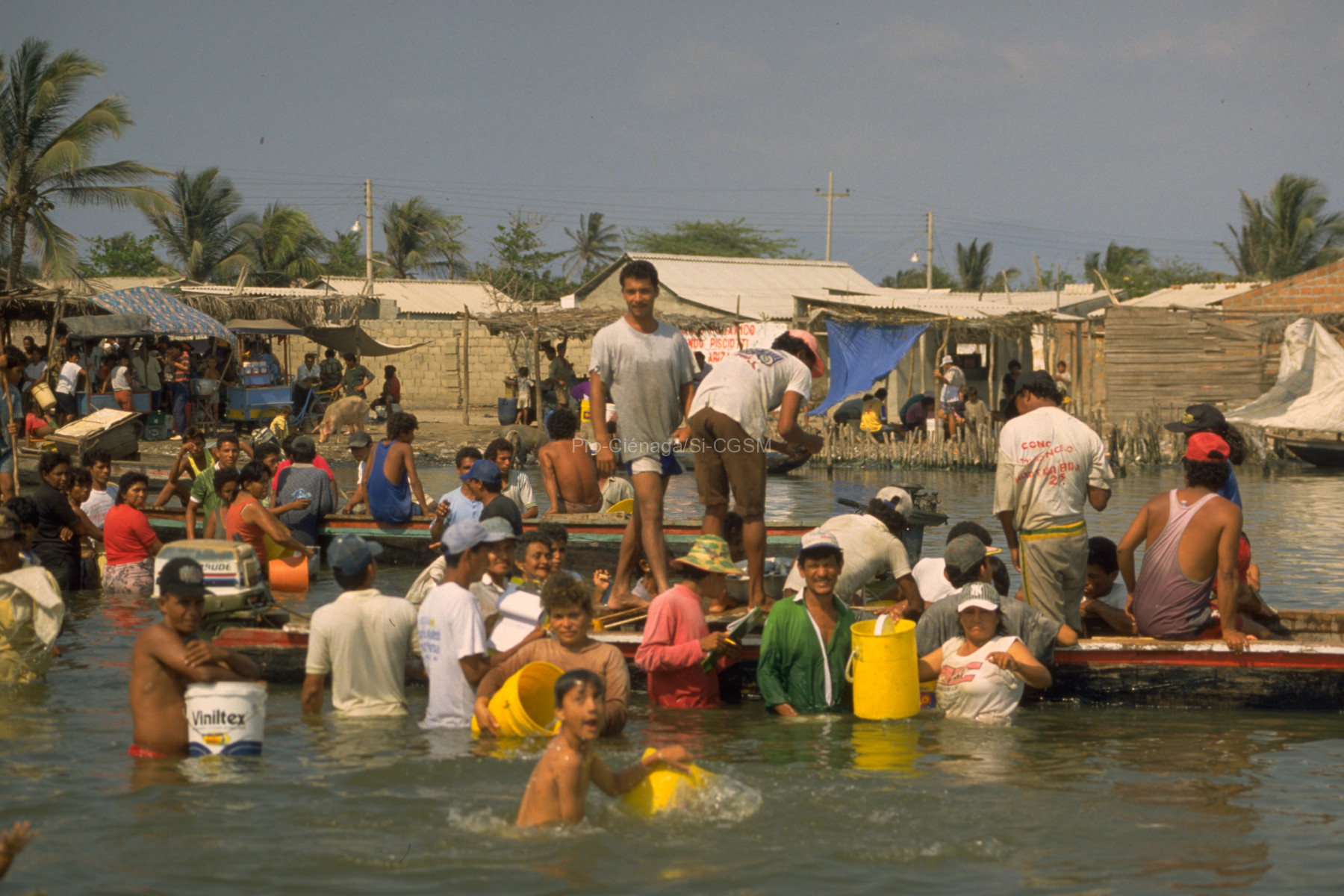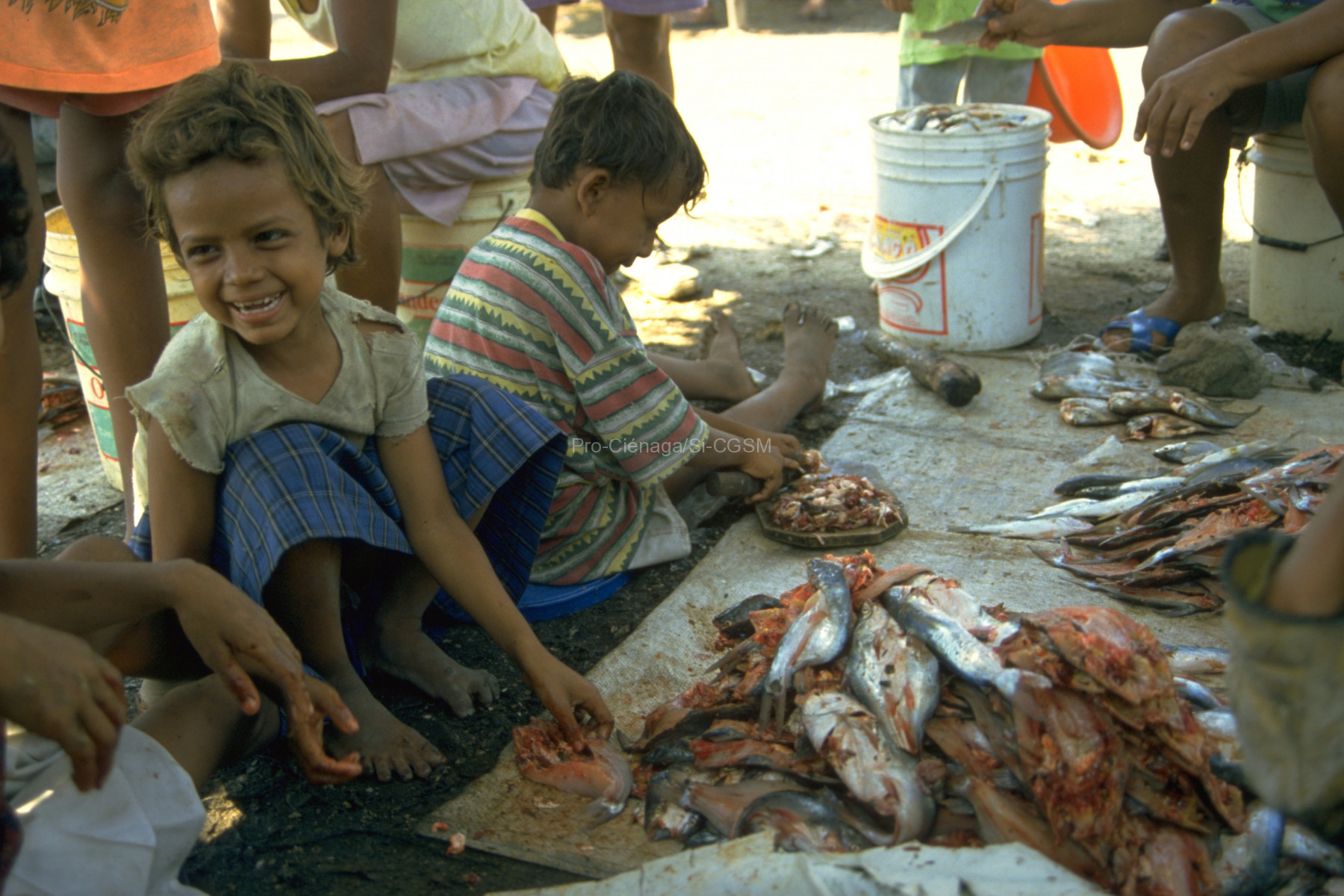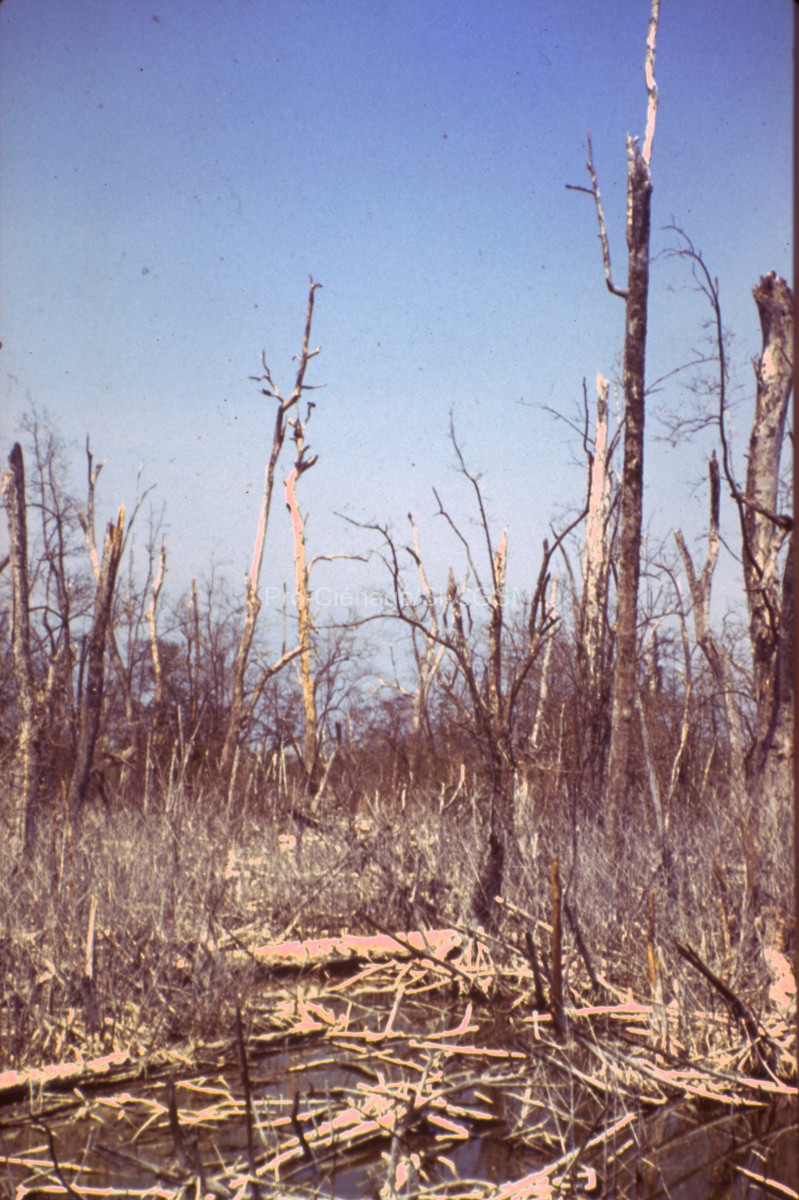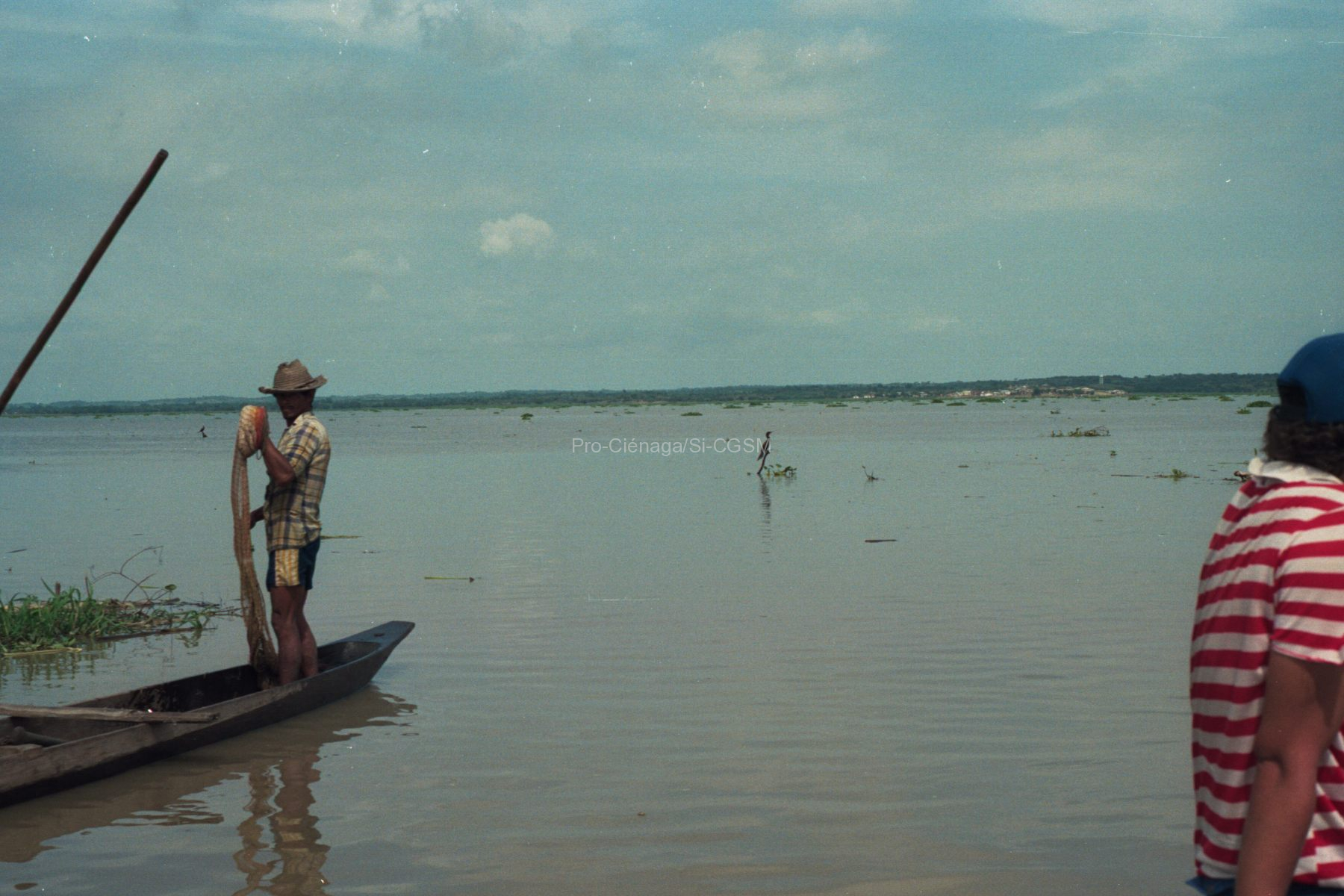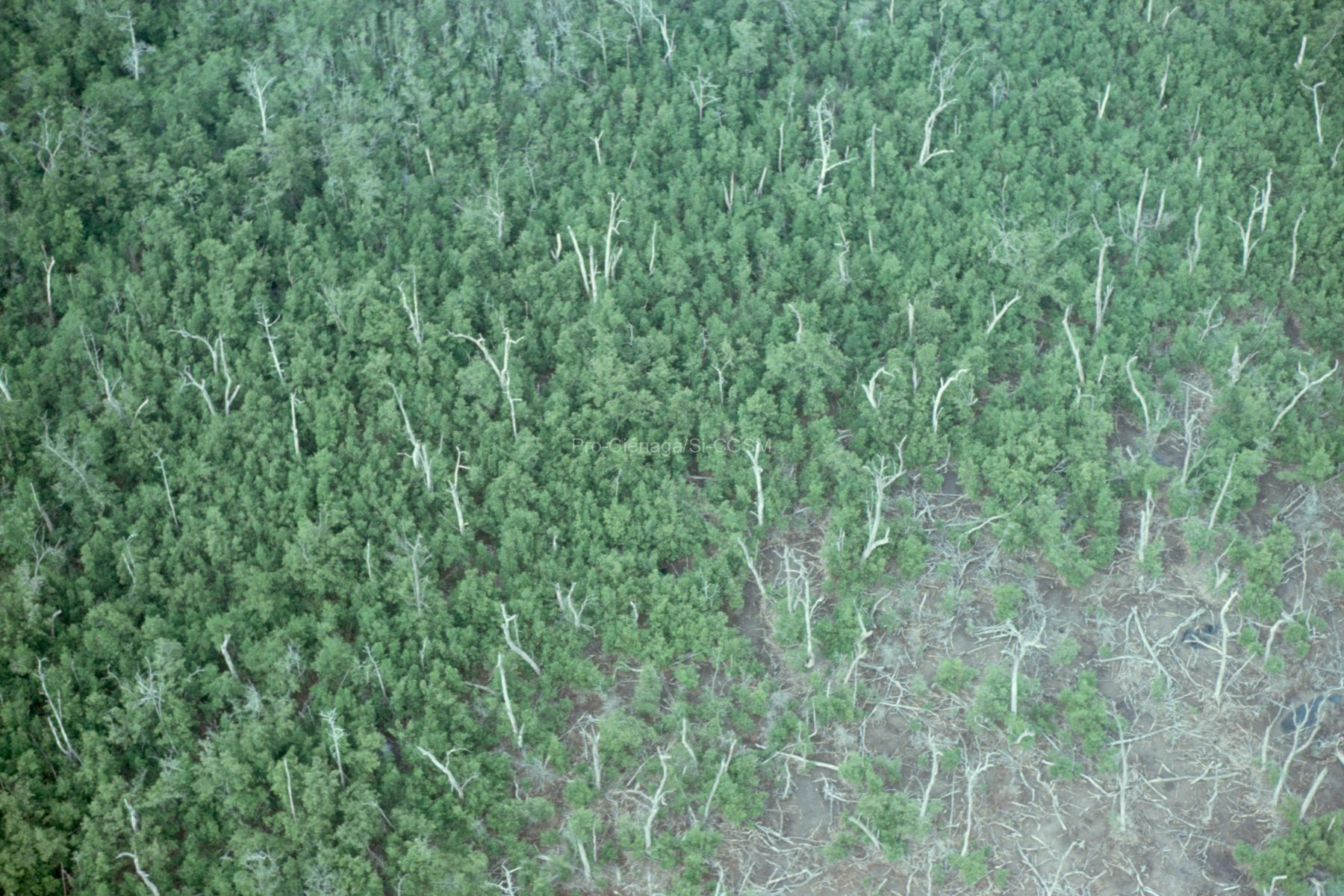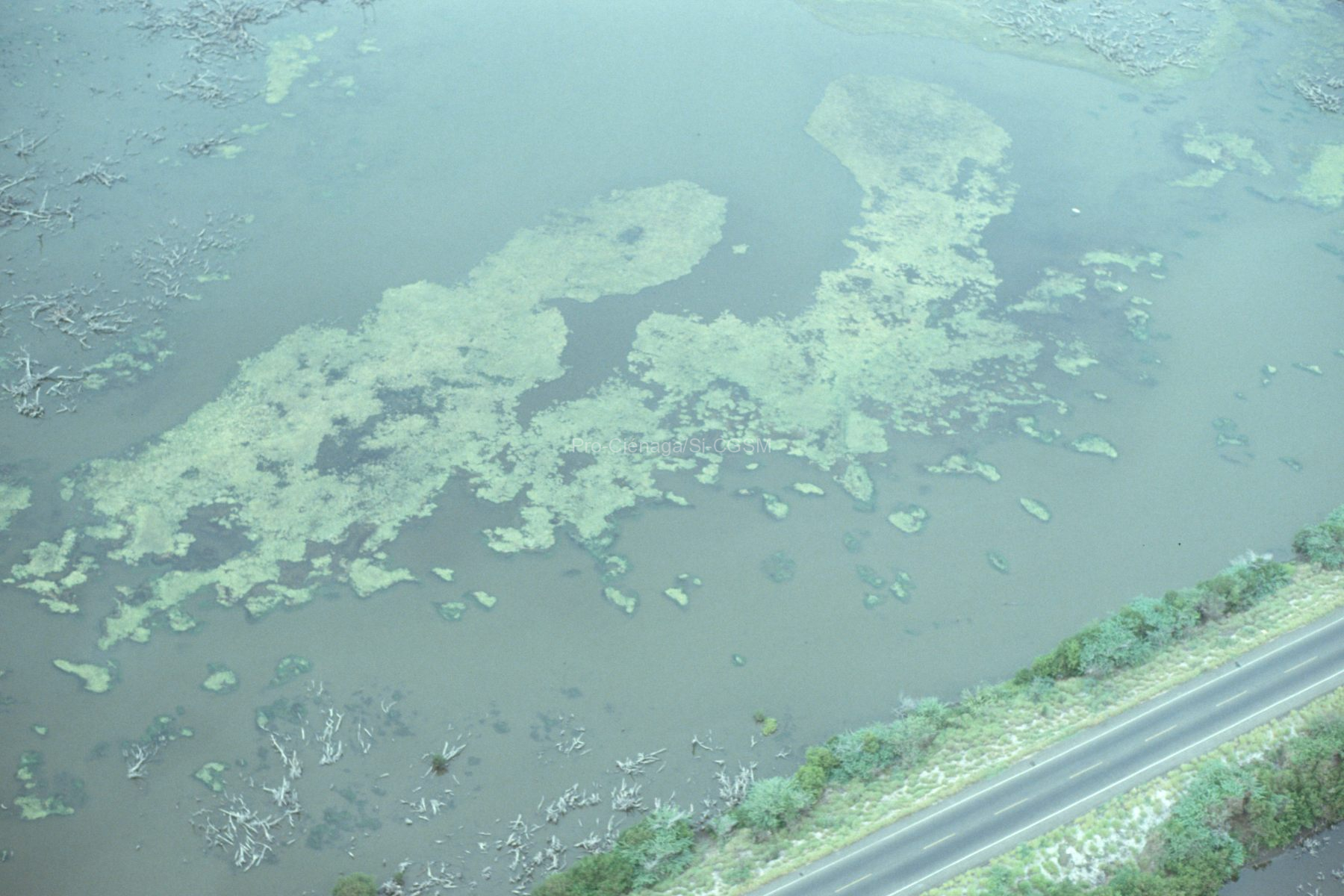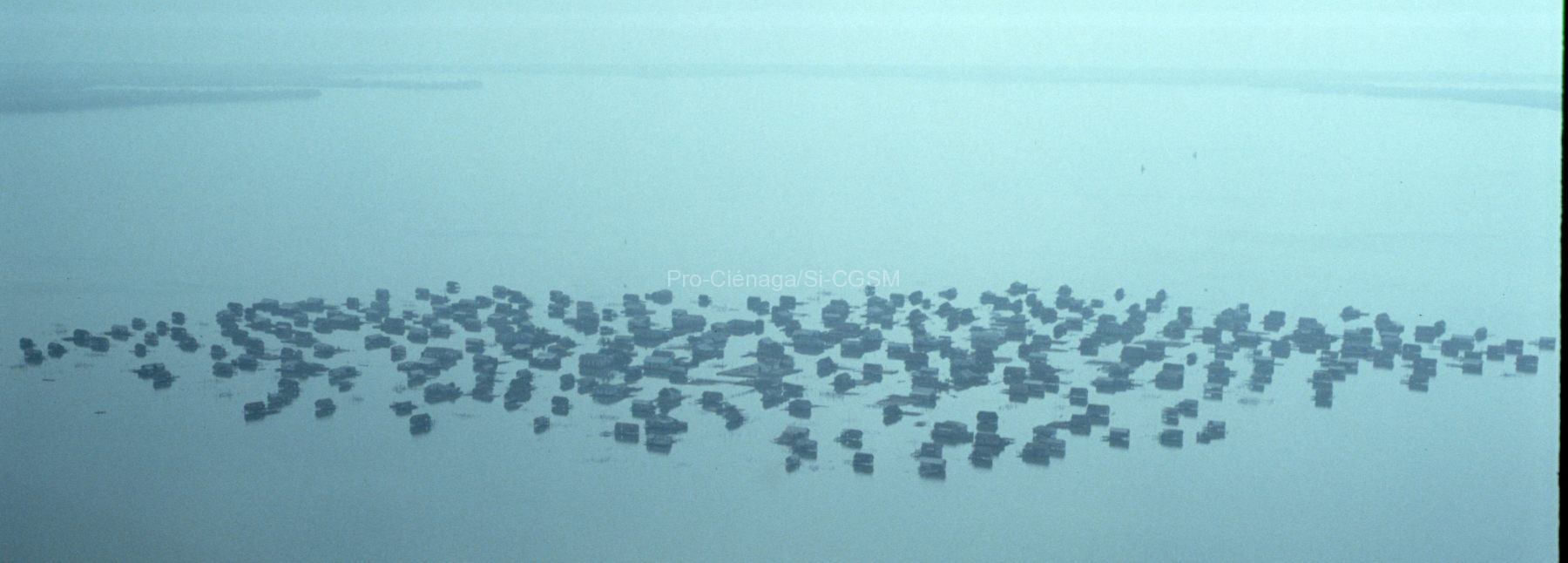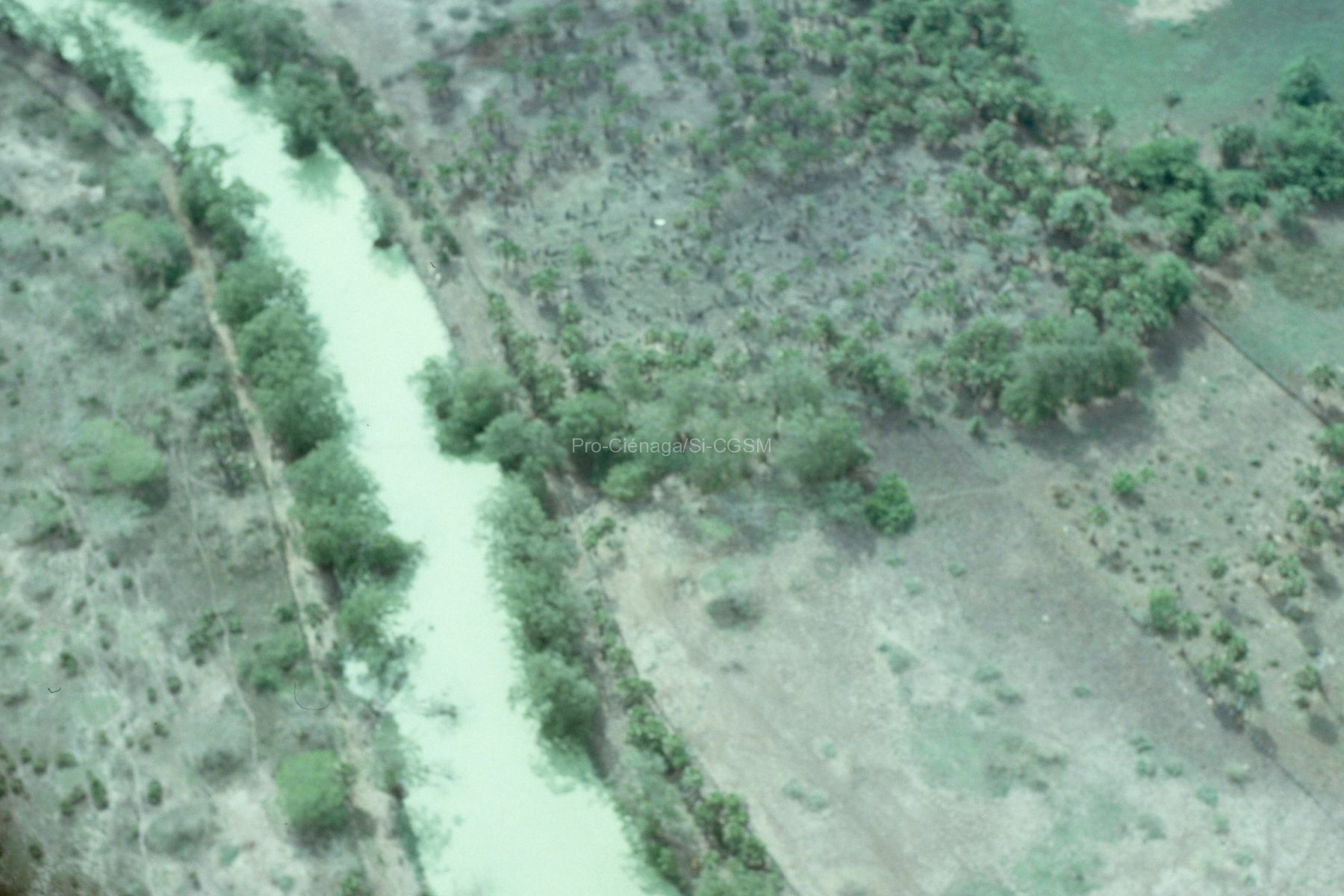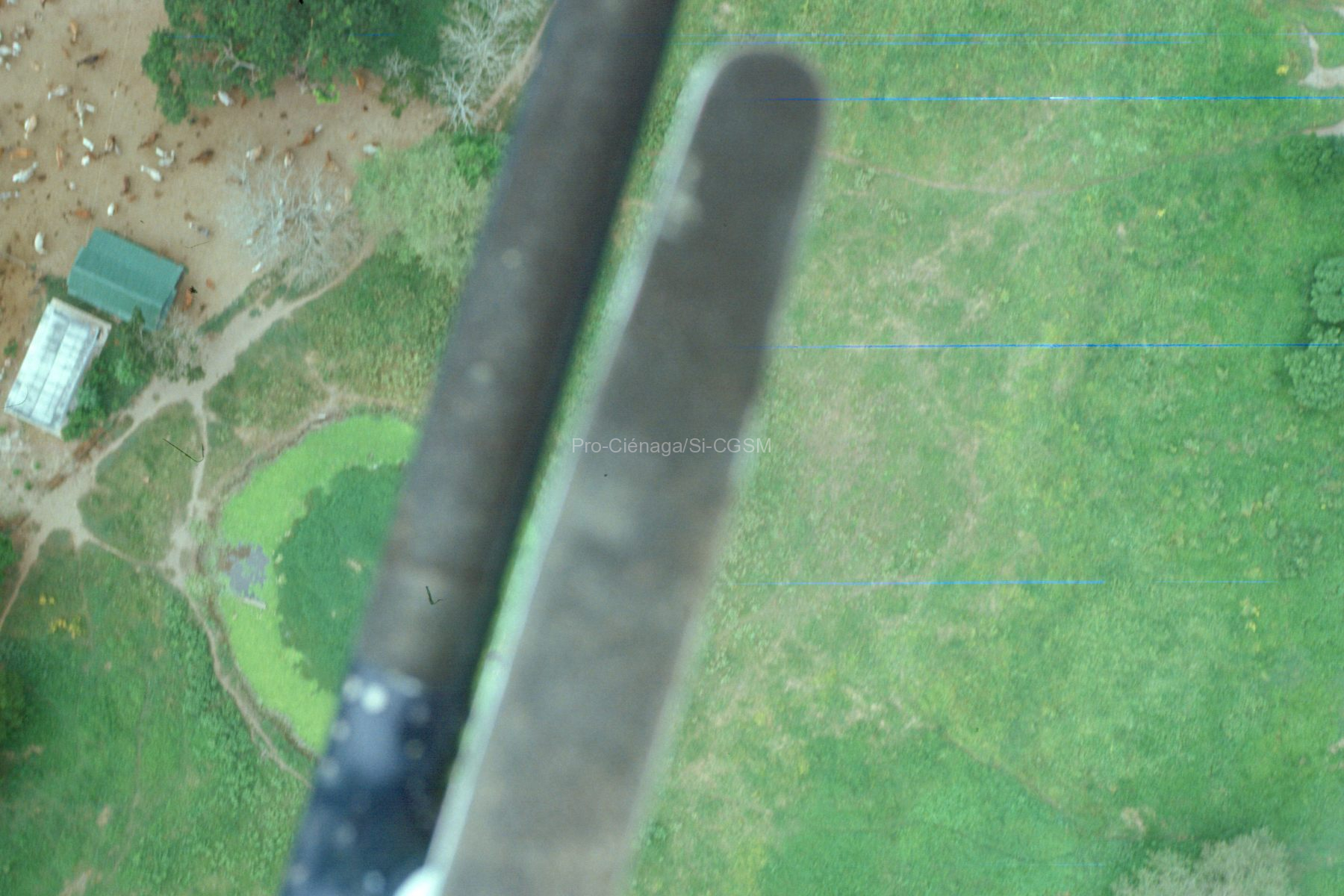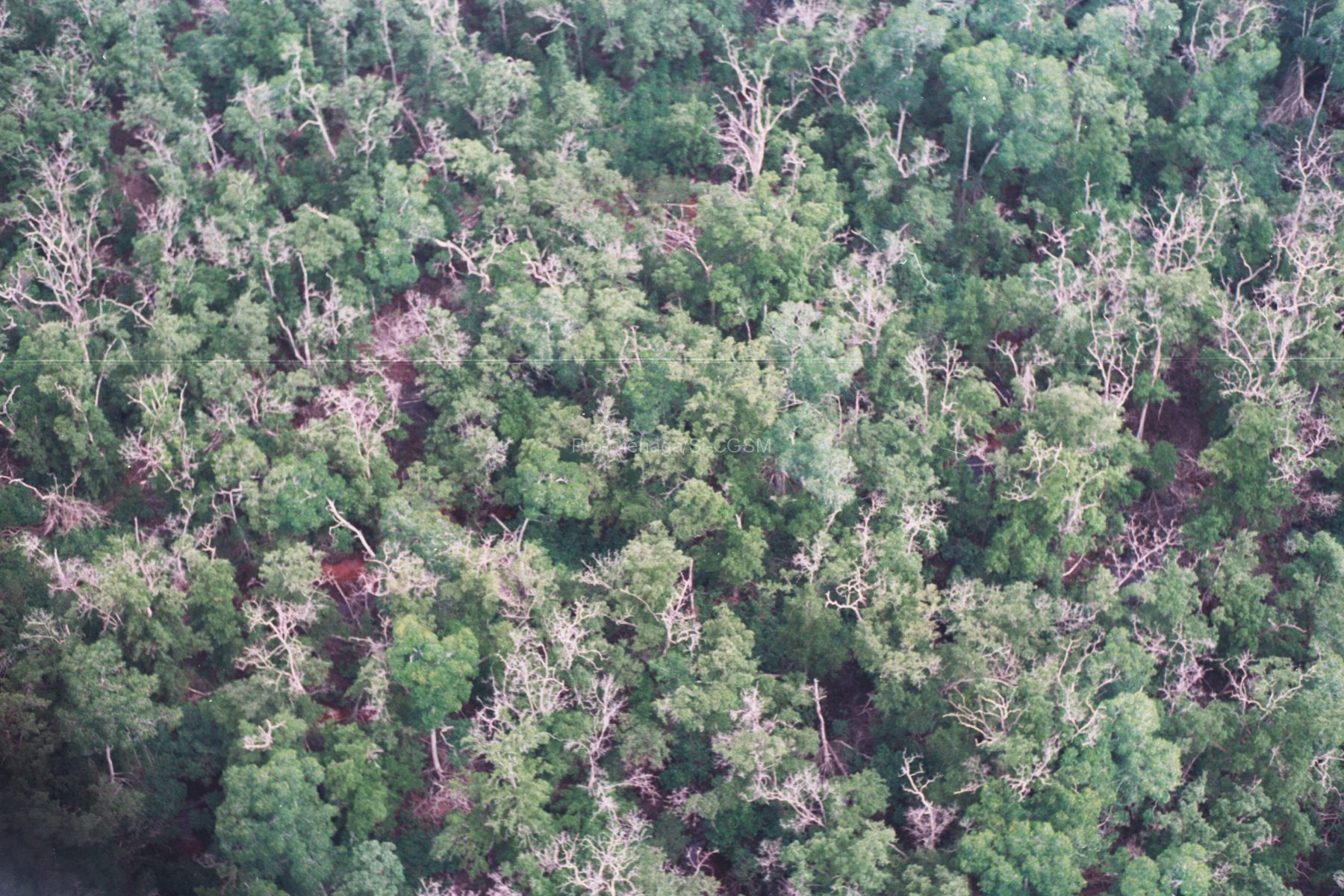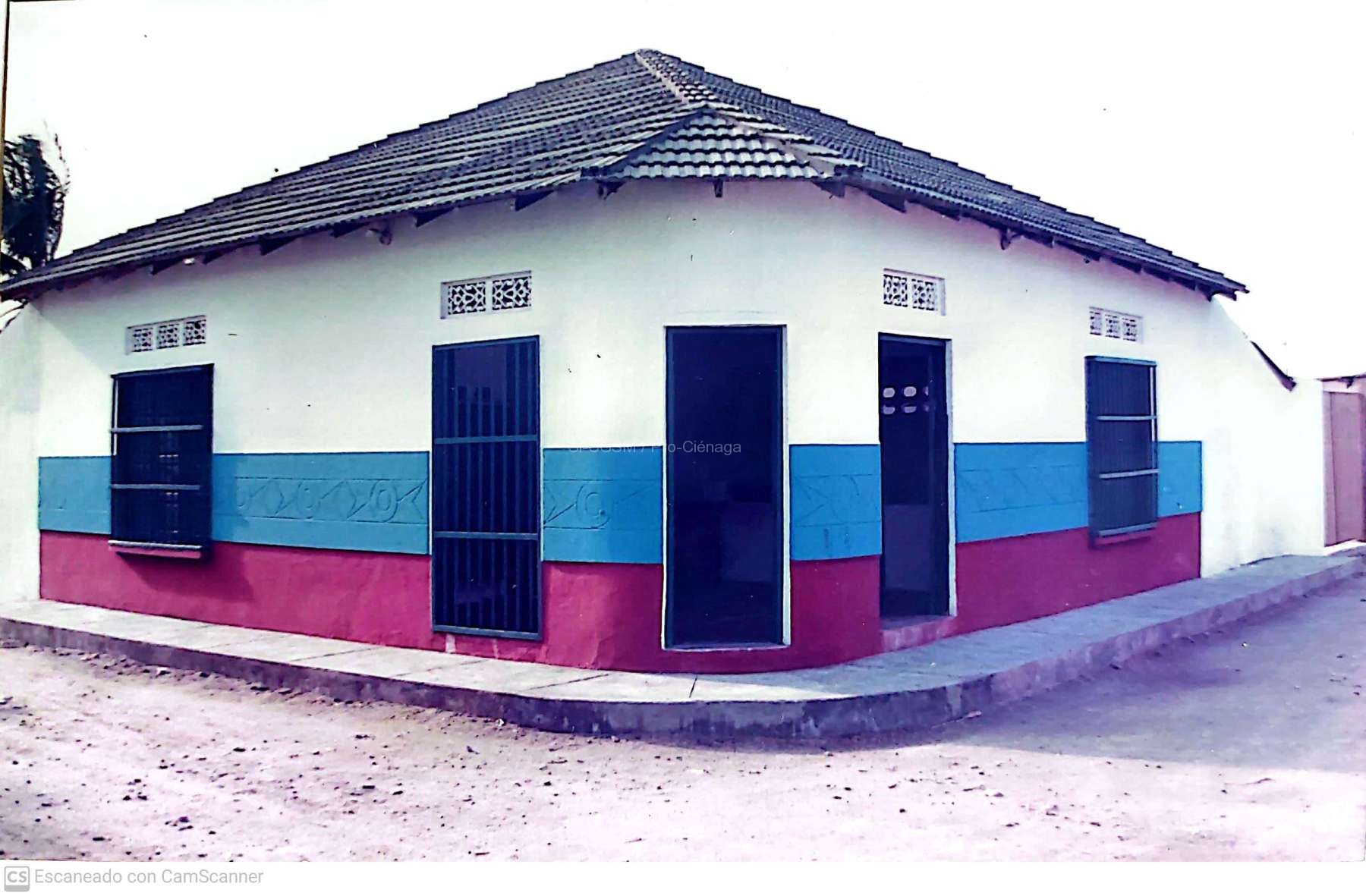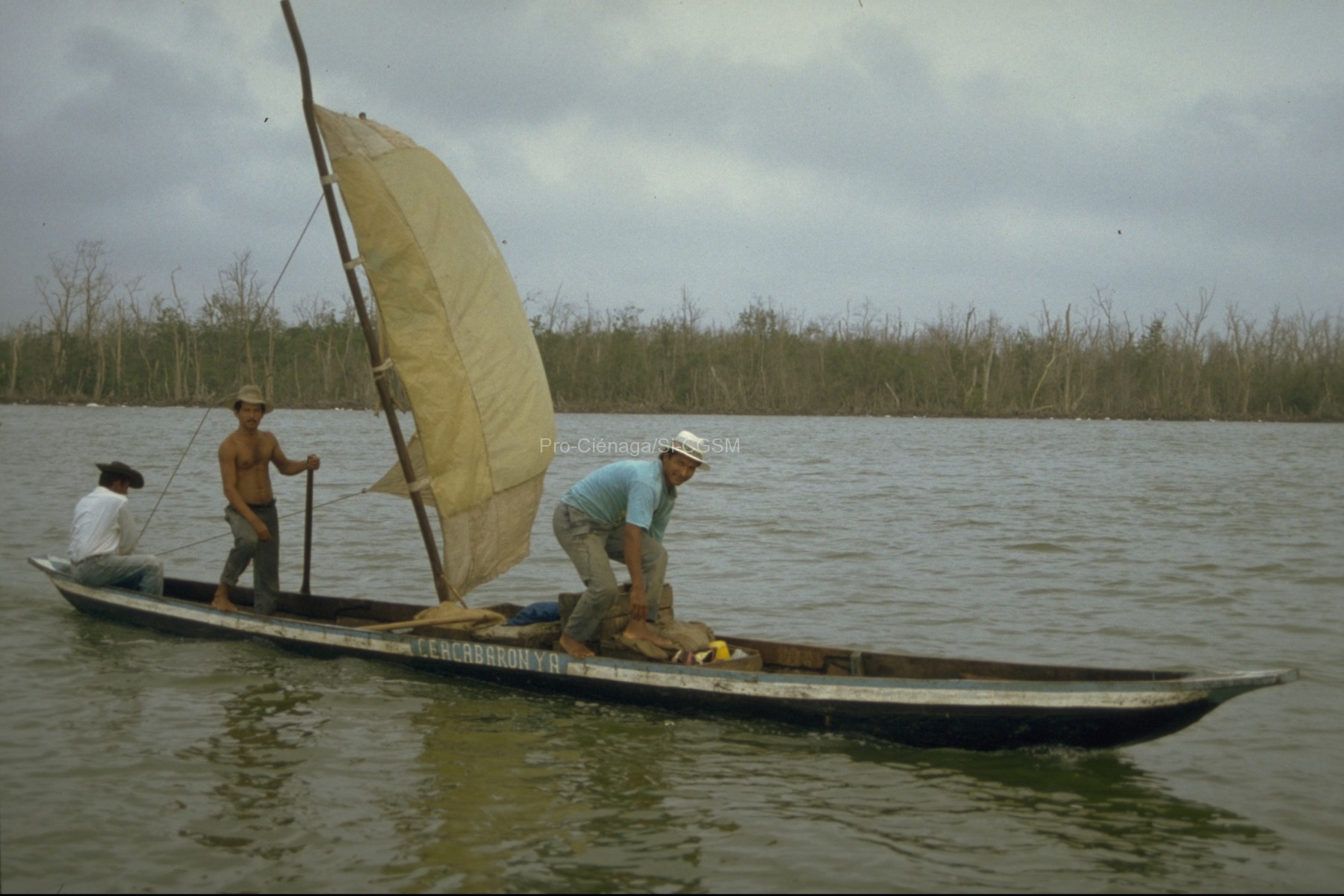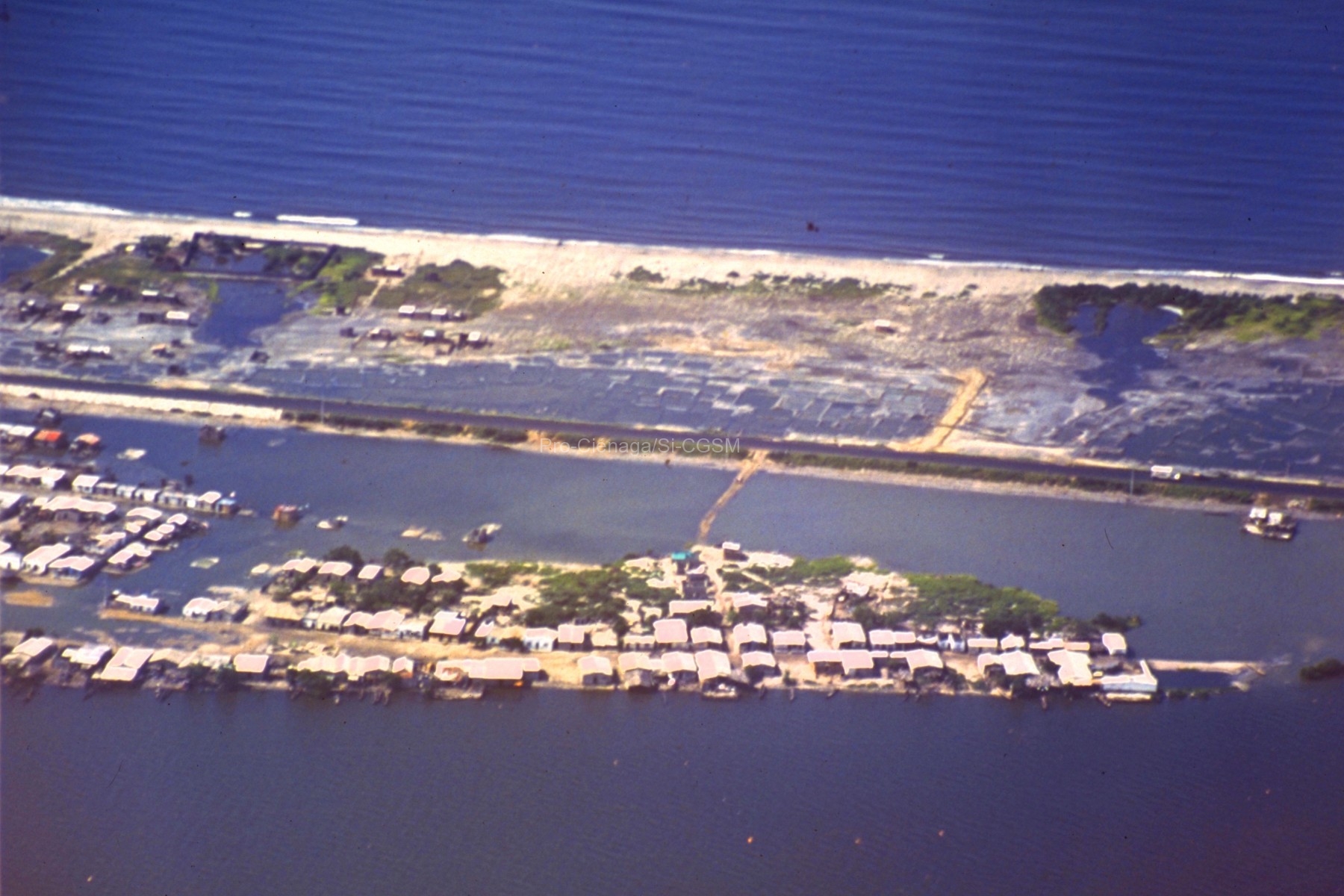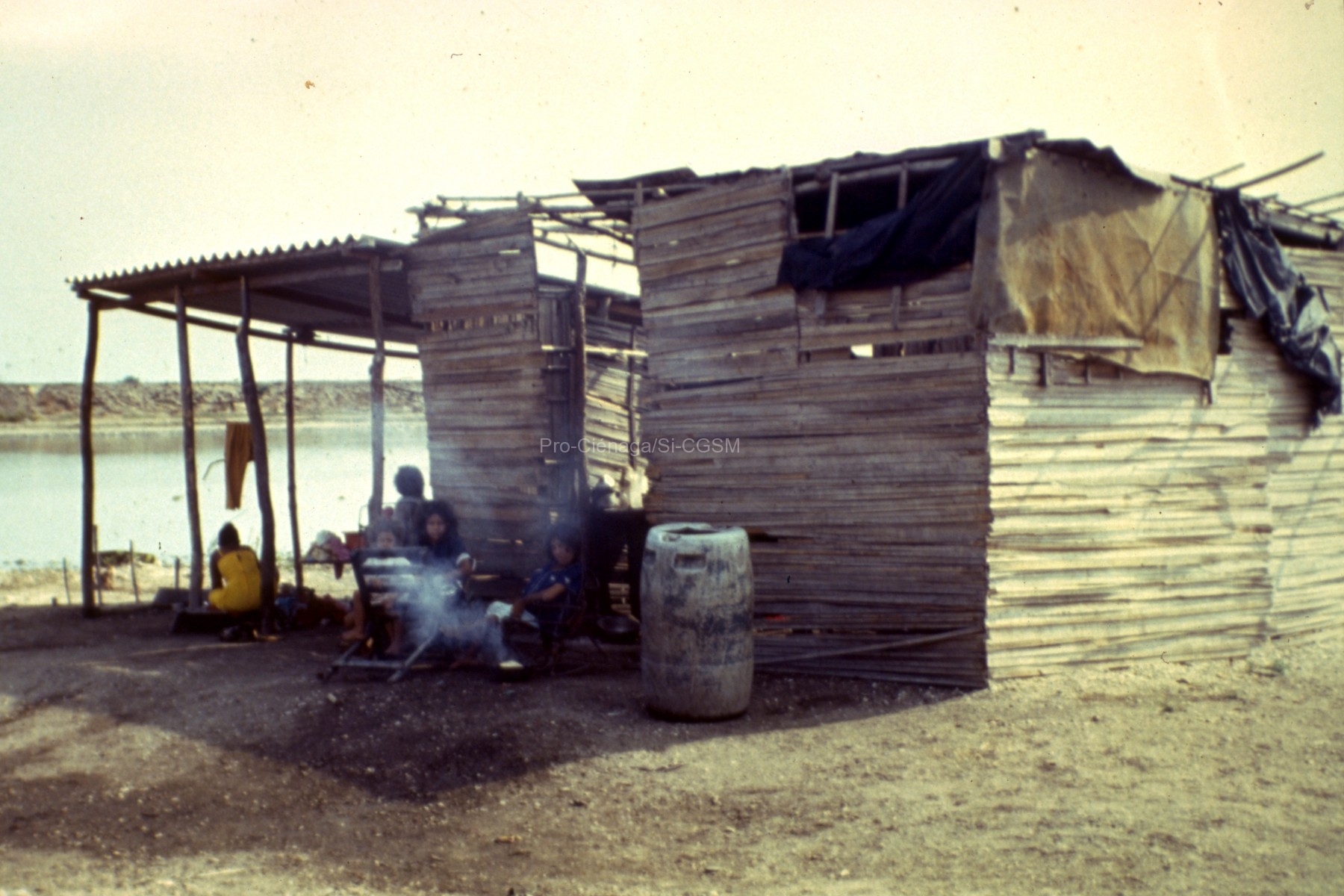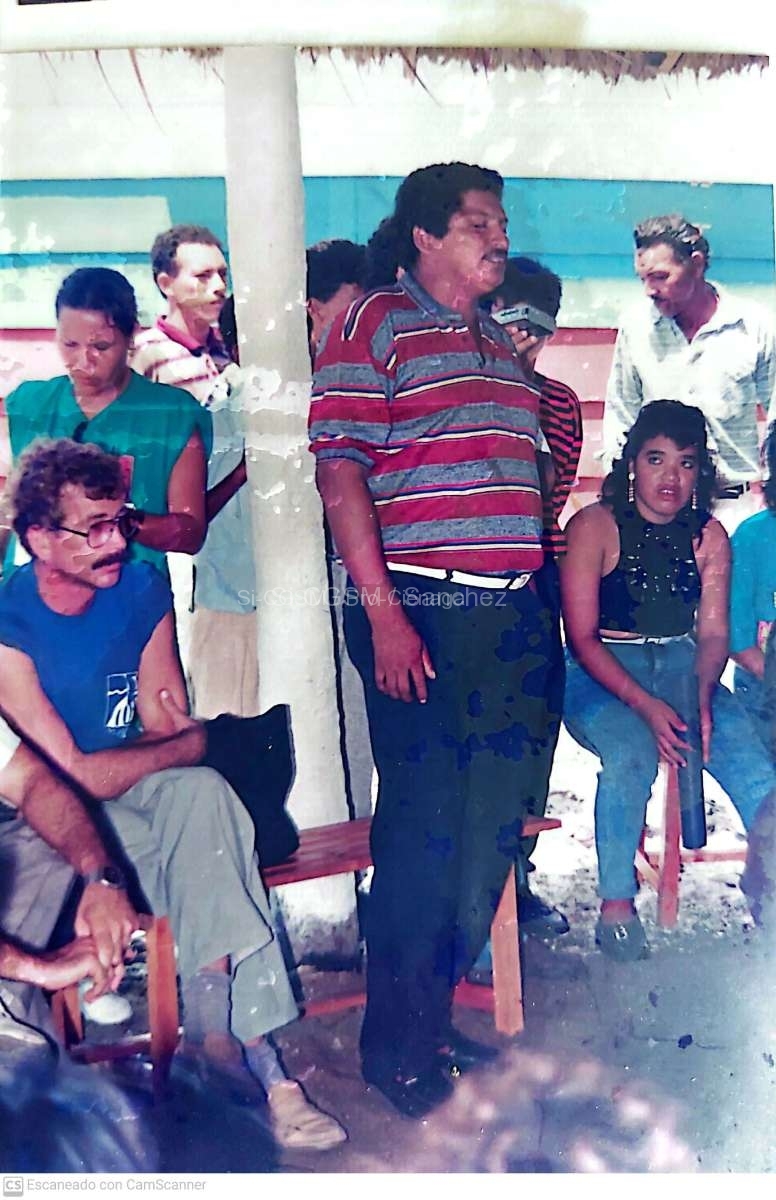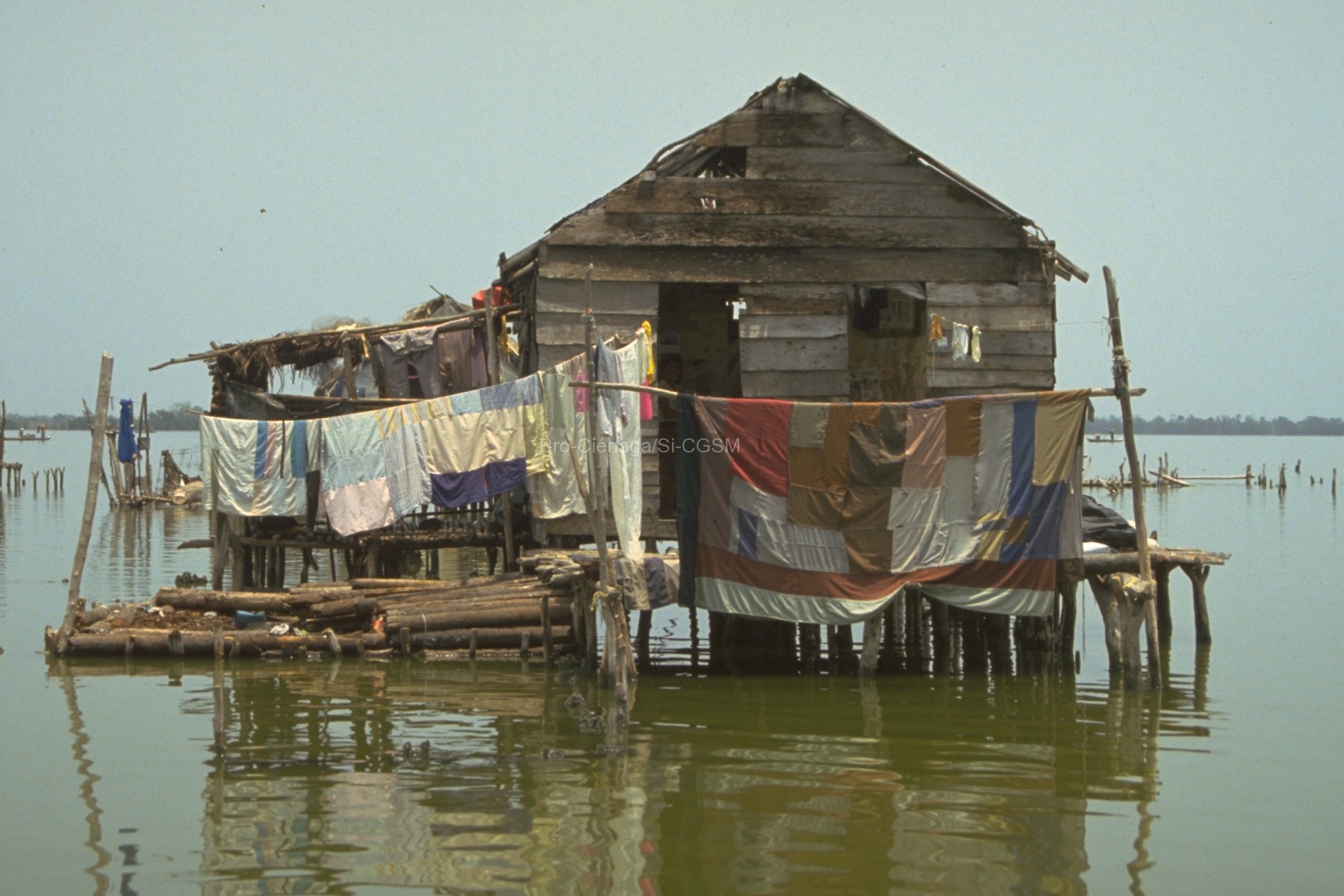https://doi.org/10.1006/jmsc.2001.1122
We estimated the spatial population structure and biomass of Eugerres plumieri, Mugil incilis, and Cathorops spixii in a tropical estuarine lagoon in Colombia, based on survey data carried out seasonally in 1993–1994 and 1997. Geostatistical techniques and the swept area method were used to map and estimate fish biomass, whereas uncertainty in spawning biomass was estimated by Monte Carlo analysis to assess the status of the fishery. Biomass tended to be spatially autocorrelated and populations
were distributed in high-biomass patches of 2–15 km in diameter. The spatial dependence was variable among species and seasons. High-biomass patches did not overlap in space between species, which could be viewed as a way of reducing or avoiding potential interactions. However, the occurrence of highest biomass for E. plumieri and M. incilis during the same season might be directed to overcome the effect of a widely fluctuating environment such as occurs in estuarine lagoons. Selectivity experiments were performed to account for the effect of fishing gear vulnerability in biomass estimates. Application of the encounter probability model showed increasing probabilities of capture with individual size and differential avoidance behaviour among species. Risk analysis, used for testing a biological reference point defined in terms of harvesting and spawning biomass, suggested the need to take immediate management actions for E. plumieri.
Relacionado a Rueda, M. (2001) y Rueda, M., & Defeo, O. (2003)

